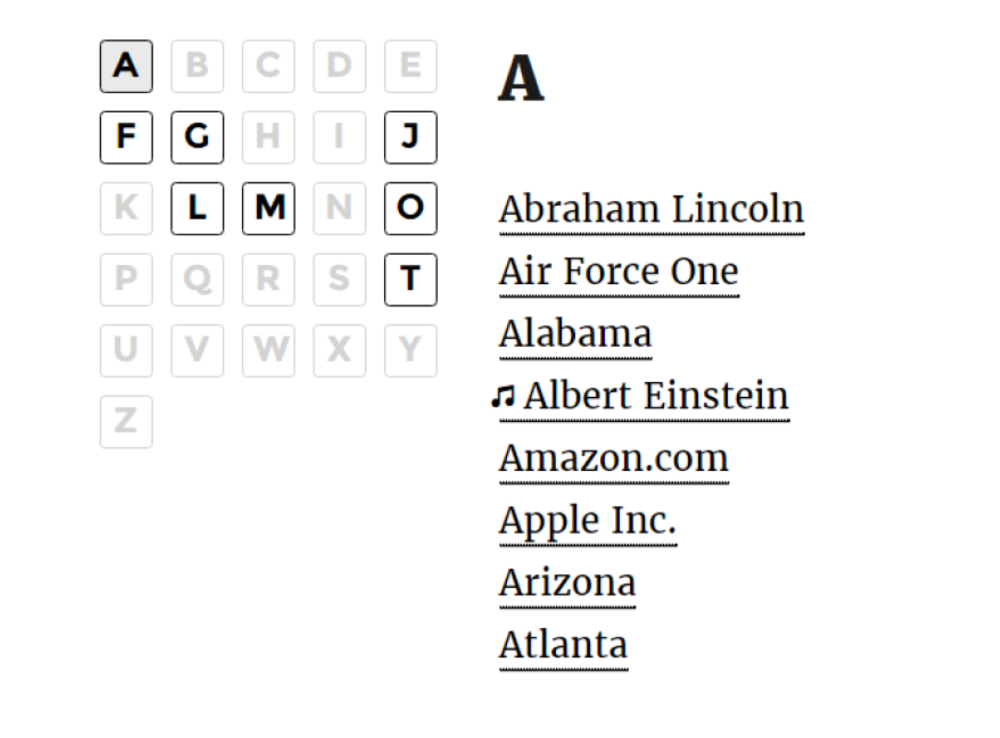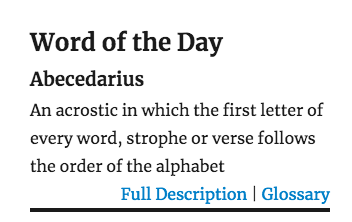WordPress Glossary Plugin (CMTG) - Getting Started - Tutorials Roadmap
Tooltip Glossary Plugin First Steps
Starting Guides
This is a guide designed to help you get started with the WordPress Glossary plugin. All starting guides:
Installation | Tutorials Roadmap | First Steps | How The Plugin Works | Troubleshooting | Upgrading from Free to Pro
Introduction
The WordPress Glossary plugin is a powerful tool, filled with features to make it easy for you to create and display rich content for your website.
This tutorial provides a quick start video and a roadmap to make the best out of the WordPress Glossary plugin, from installation to advanced settings.
For even more detailed information, check the complete User Guide. Also, check our video tutorials for step-by-step instructions!
Tooltip Glossary Roadmap
1. Basic Concepts

- What is a glossary? What is a term? Learn how the plugin works!
- The plugin has many versions: Free, Pro, Pro+, and eCommerce. Check the Interactive Demo to see features of each in action. For a complete overview of the differences, check the pricing table.
- Learn all about User Privacy and GDPR compliance related to the plugin.
2. First Steps
- Install the plugin. It's quick and easy!
- Set up the permalinks structure. This is essential to prevent 404 errors.
- Start creating and add your first Glossary Term. You can also import your terms from CSV files in Pro, Pro+, eCommerce - check the video tutorial!
- Configure the Glossary Index and then choose a template for it. You can even use custom styles!
3. Improving your Tooltips
- Make the tooltips beautiful by customizing the style and changing their opacity.
- Dynamically Integrate with other services, such as Wikipedia, WooCommerce, and dictionaries (Merriam Webster, Glosbe Dictionary, Google Translate).
- Spice your tooltips up with image, video and audio content - check the video tutorial!
4. Improving your Glossary Terms

- Learn how to access and edit the Glossary Term page.
- Enrich the Term page by linking Related terms and Related articles.
- Display persistent content before and after every term.
- Assign an icon to each of your terms.
- Use abbreviations (United States, US, USA), synonyms (program, software) and variations (child, children).
- You can also enable multiple meanings to the same term (eCommerce).
- Add a link back to the Glossary Index (Pro, Pro+, eCommerce).
- Get social by enabling users to embed and share your term. Also turn on the social share buttons (Pro, Pro+, eCommerce).
5. Make your website shine with WordPress Glossary plugin

- Control where the tooltip appears.
- Use widgets to show the latest or random terms on your sidebar.
- Use shortcodes to display custom tooltips, the Glossary Index and more on many parts of your website.
- Enable tabbed navigation for accessibility.
- Always open terms in a new page/tab.
- Make sure your glossary has mobile support (Pro, Pro+, eCommerce).
- The WordPress Glossary plugin fully supports all UTF-8 languages. Translate it by adapting labels, and making a few tweaks. Pro+ and eCommerce also have RLT support and are even compatible with WPML (WordPress MultiLanguage).
- Improve your SEO with Tooltip Glossary - check the video tutorial!
6. Clean up and Optimize
- Use categories to organize your terms.
- Tags are also a powerful tool to order the terms (eCommerce).
- Perform regular backups for safety (Pro+, eCommerce).
7. Advanced
- Allow user roles other than the administrator to edit terms.
- Enable tooltips on AMP pages.
- .Help Google understand you are using terms and boost SEO
- Configure breadcrumbs, which also depend on your theme.
- One is not enough? Use multiple Glossaries on the same website! (Pro+, eCommerce) - check the video tutorial!
- Define a custom parsing order for your terms (eCommerce).
- Configure a multisite installation (each site will have separate glossaries).
8. Common Troubleshooting
- Displaying accented letters properly.
- Common issues while managing large glossaries.
- Issues with Page Builders.
- Read the troubleshooting guide for other common issues such as Tooltip appearing as “undefined”, JS errors and Glossary parsing not working properly.
9. Go Beyond With Add-ons
- Log & Statistics Add-on
- Community Terms Submission Add-on
- Remote Import Add-on
- Visual Widgets Add-on
- Search Console Add-on
- Custom Taxonomies Add-on
- Peepso Integration Add-on
- Editor Tooltip Addon
Starting Guides
This is a guide designed to help you get started with the WordPress Glossary plugin. All starting guides:
Installation | Tutorials Roadmap | First Steps | How The Plugin Works | Troubleshooting | Upgrading from Free to Pro
 |
More information about the WordPress Glossary Plugin Other WordPress products can be found at CreativeMinds WordPress Store |
 |
Let us know how we can Improve this Product Documentation Page To open a Support Ticket visit our support center |
